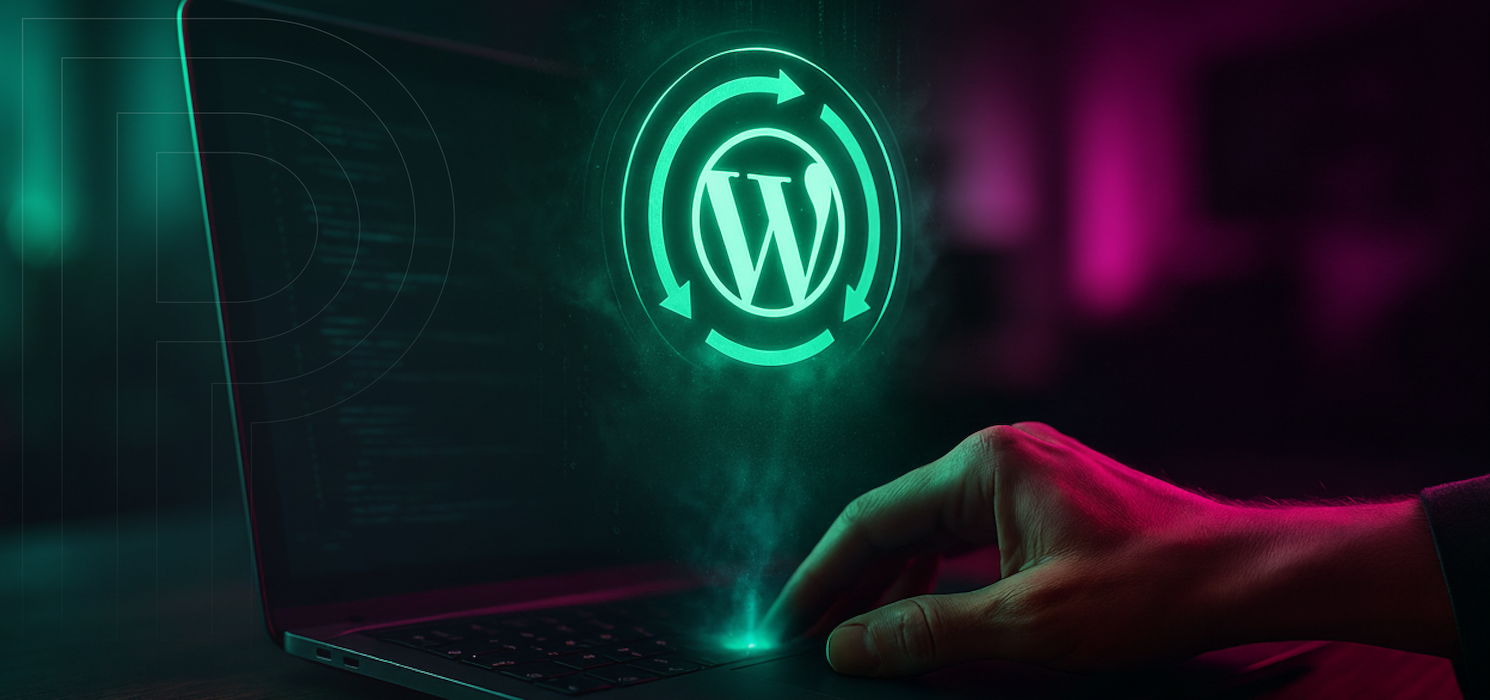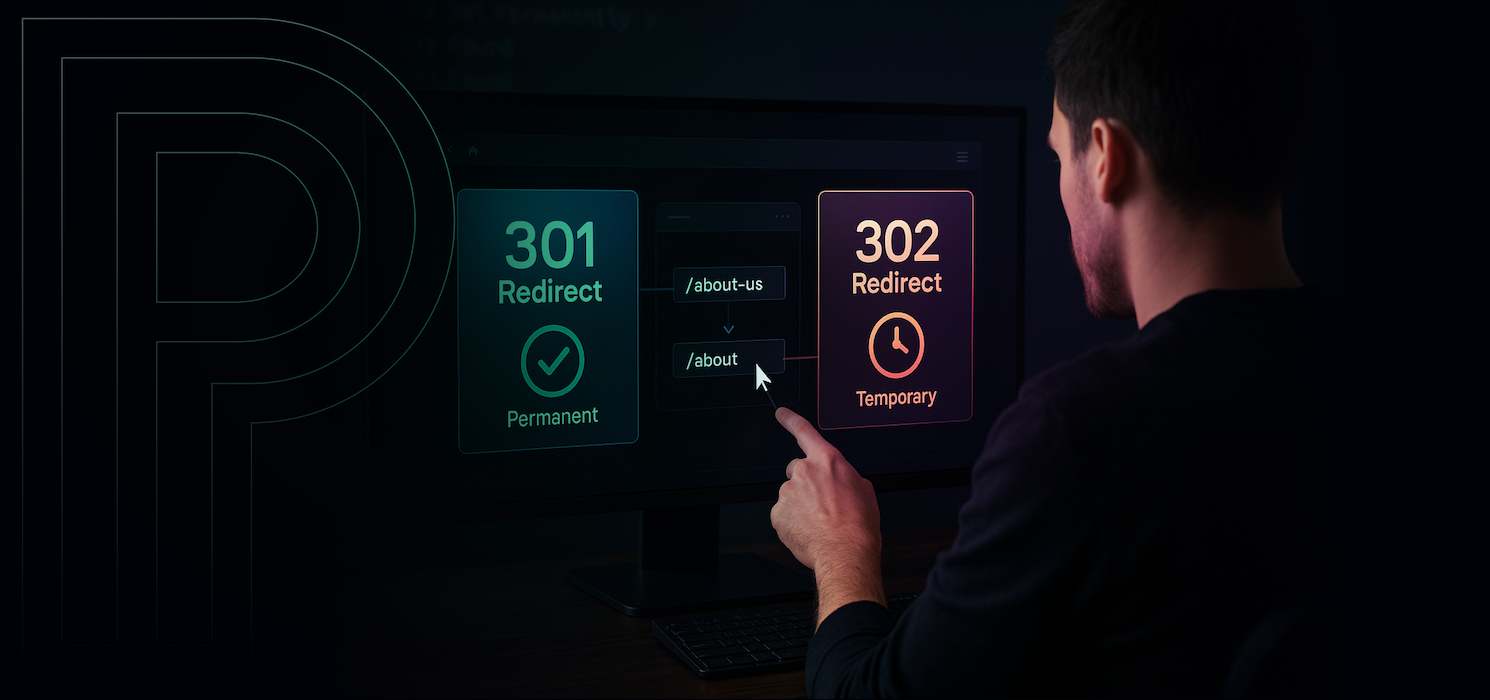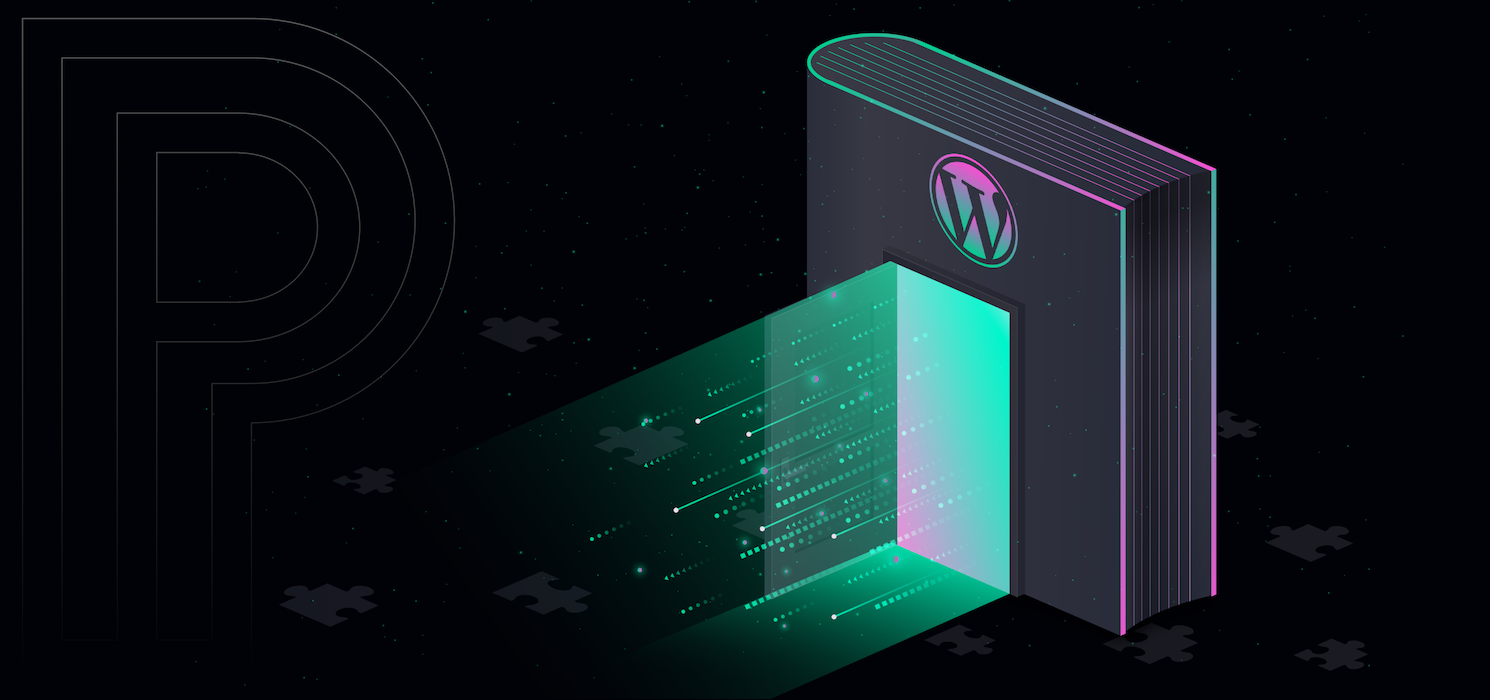Tag: WordPress tips
-

11 Tips for Improving Your WordPress SEO
If you’re running a WordPress site, getting found on Google can feel a bit like guessing in the dark. WordPress is pretty SEO‑friendly out of the box, but a handful of tweaks can dramatically change how much organic traffic actually shows up. The tips below walk through how WordPress SEO works, what to avoid, and…
-

Best Practices for WordPress Updates and Staying on the Latest WordPress Version
If you’ve ever managed a WordPress website, you’ve seen the notifications: “A new version of WordPress is available.” Keeping your site updated is the single most important action you can take for security, speed, and unlocking new features. But what exactly happens when you click that “Update Now” button? In this post, we’ll break down…
-

Transforming User Experience Through Audits
In our world, we obsess over infrastructure. We lose sleep over uptime, we celebrate shaving milliseconds off server response times, and we lock down security like Fort Knox. But the hard truth is that you can have the fastest, most secure WordPress site on the planet, but if your users can’t figure out where to…
-

301 vs 302: Breaking Down Redirect Options and Scenarios
Let’s be honest, configuring redirects isn’t exactly the most thrilling part of managing a WordPress site. It’s plumbing. But like plumbing, if you get it wrong, things get messy fast, specifically for your SEO rankings. The situation can come up a lot during site migrations or big content audits. You know you need to point…
-

5 Easy Ways to Cut Your WordPress Hosting Bill
Are you surprised by a constantly climbing WordPress hosting bill? You’re not alone. Starting with a simple registration can quickly turn into a pricey “premium” headache, loaded with costly extras, fancier support, and surprise overage fees. If your hosting costs are increasing but your website traffic isn’t, it’s time to stop seeing hosting as a…
-

Navigating the WordPress Media Library
The WordPress media library is your site’s central hub for images, videos, audio files, and documents. From Media > Library, you can browse everything you’ve uploaded, preview files, and insert them into posts or pages without re-uploading. Think of it as a well-organized shelf where every asset is searchable, reusable, and editable in one place.…
-

How to Create a WordPress Staging Site (and Why You Need One)
Have you ever updated a plugin on your WordPress site and had the screen go white? You didn’t change any code, but the site goes pear-shaped right in front of you, all from one little plugin. Panicked, you try a few things and manage to get it back online, only to see a distorted layout.…
-

Add Schema Markup to Your WordPress Posts
If your posts are competing in crowded search results, adding structured data (aka “schema markup”) is one of the highest-impact, lowest-effort upgrades you can make. Schema helps search engines understand your content and can make your pages eligible for rich results, enhanced listings that show things like article dates, images, ratings, or product data right…
-

How to Troubleshoot WordPress 500 Errors Effectively
Think of a 500 status code as the internet’s cryptic way of saying, “Something’s broken, and we can’t pinpoint what.” These errors aren’t just frustrating; they can completely stop your revenue, erode customer trust, and inevitably lead to a flood of support inquiries. A single HTTP 500 error can take a membership portal offline, freeze…
-

Is your website ready for the holiday traffic?
Holiday traffic is the best kind of problem, until it isn’t. When your campaign lands, your product gets featured, or that email goes out, the visitors you’ve worked so hard to attract can overwhelm an unprepared site. Slow pages, checkout errors, and outright downtime translate directly into lost revenue and trust. This post is your…
